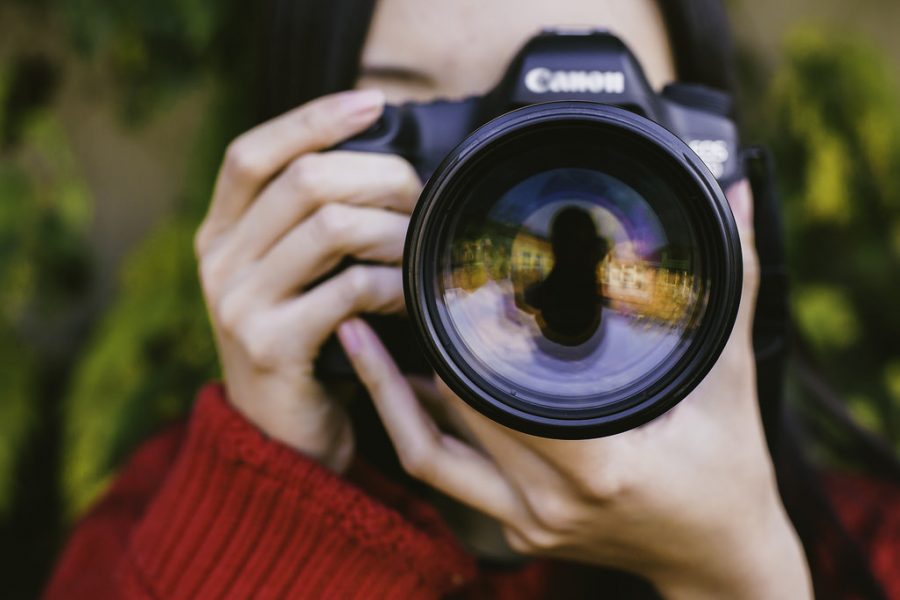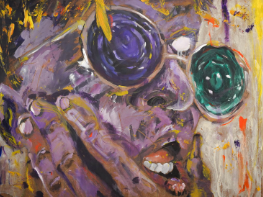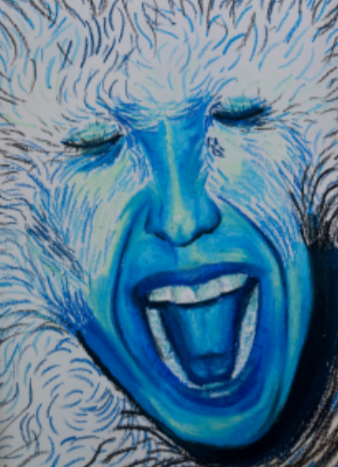Effects of photography
June 15, 2018
Photography acts as our eyes to the world. Photos allow artists to capture ideas they would not be able to write on a piece of paper. They translate the beauty of life into a story.
Photographer Stacy Kranitz captured images in the Central Appalachian region to convey its poverty-stricken state.
“I don’t pretend to be making photographs to ‘help’ people. It is a fallacy,” Kranitz said. “But I do sometimes believe that when the images are shared they can illuminate aspects of a life that is overlooked and they can be part of a larger conversation about how we overlook certain people.”
Photos often don’t tell the entire story of a situation though. They sometimes allow for misinterpretation.
“Napalm Girl,” captured by photojournalist Nick Ut, is one of the most influential photos of all time, according to Time. The photo depicts a young girl running from a warzone during the Vietnam War. The girl, identified as Phan Ti Kim Phuc, frantically ran naked after a napalm attack destroyed her home and belongings.
But this explanation is false. This narrative concealed the truth behind the photo’s real story in an effort to make it more interesting.
The truth behind the photo is that Kim Phuc and her family hid away from their village during the war. When they attempted to escape, the Army of Republic Vietnam forces mistook them as North Vietnamese Army members and set fire to Kim Phuc’s cousins, who consequently died. Kim Phuc’s back caught fire, so she stripped her clothing as she ran in fear, according to All That’s Interesting.
Sophomore Caelin Burgi of Matawan said she thinks photography affects both herself and society.
“Photography has made me more aware of my surroundings and just the way things are around me. Even if I’m not using my camera right then and there, I feel like I have a deeper appreciation for the way things look,” Burgi said.
Photographs often capture moments people might otherwise overlook. Photos bring about explanations in a world of confusion.















